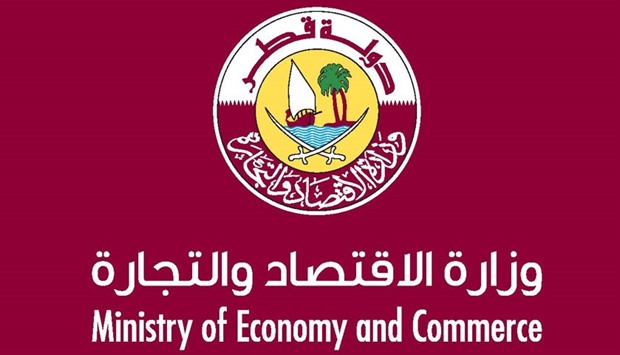A circular issued by the Ministry of Economy and Commerce (MEC), in co-operation with the Ministry of Public Health, stipulates that data on food and beverages should be prominently displayed by stores to enable consumers to choose meals with the calorie intake that corresponds to their daily activities.
A statement issued by the MEC explains the detailed stipulations of the circular, including the obligations shops selling food, meals and beverages should comply with.
l Obligations applicable to all restaurants and cafes
The general obligations applicable to all restaurants, traditional food outlets, cafes and cafeterias involve the display of mandatory data related to food and meals, which include, among other labels, the type of meal and country of origin (the country of production of the commodity) in the description of food components provided to consumers, whether the meal consists of meat, chicken, fish or others. The data should also include a description of the condition of the ingredients such as if the meat, chicken and fish are fresh, refrigerated or frozen. It is also mandatory to clearly display the weight of main meat, chicken and fish meals.
The MEC circular outlines several options when it comes to presenting data and information on food, meals and beverages, according to each store’s policy, the packaging method and how menus are displayed.
The circular stipulates that data should be prominently displayed to enable consumers to read it in full clarity and to exercise their right to choose the food with the calorie count and ingredients that are in line with their aspirations and the nature of their daily activity.
These options include placing the required data on the main menu sign, placing it prominently in the restaurant, cafe or cafeteria, or placing the data in the menus that are delivered to customers.
The circular issued by the MEC specifically emphasises consumers’ right to full knowledge of the quality of the ingredients used in the preparation of meals provided to the consumer. The circular compels restaurants, cafes and similar shops to include all the necessary data in the menu such as the country of origin or the production of food ingredients, including meat, chicken and fish and whether or not these are fresh, refrigerated or frozen.
l The need to indicate the weights of meat of all kinds
The circular also stipulates that consumers should be provided with the weight of meat, poultry or fish meals provided as the main meal. The indicated weight should be taken after the meal is cooked or grilled when it comes to take away or in-house meals. Only shops that display meat, fish or other sea food for customers to choose from before cooking are allowed to weigh food before it is cooked or grilled.
For the purpose of verifying weights, the circular compels the shops concerned to provide a calibrated balance by the competent authorities at the Qatar General Authority for Standardisation and Metrology.
l Franchises
In addition to the above, the circular outlines the obligations of cafes, restaurants, cinemas, theatres and ice cream shops under the franchising system. These shops are required to display the calorie count of the meals and beverages they offer to consumers.
The franchise system is an agreement between two parties whereby the owner of the trademark grants the franchisee the right to use his trademark or trade name in exchange for an agreed upon fee, while setting certain regulations and trade rules, so that the franchisee can produce or market a particular good or service according to certain specifications.
The circular outlines four criteria to identify shops that are required to display calorie count (energy) data.
First, the cafe, restaurant or shop should be part of a multinational franchise defined above; and second, the franchise should involve more than five branches except when it comes to movie theatres that are required to display the calorie count regardless of the number of branches. Also, thirdly, branches must bear the same name, while the fourth criterion stipulates that all branches must adopt a single or similar menu.
Regarding the presentation of the calorie count and energy data on meals and beverages, the circular outlines three options: to place the data on the menu displayed at the restaurant, on the explanatory labels next to each type of food or drink, or on the menus that are delivered to customers.
Two phases to implement the initiative
With regard to the deadlines set for restaurants, cafes and similar shops to adjust their status, the ministry indicated that the procedures included in the circular should be implemented in two stages, a pilot phase and a mandatory second stage.
The pilot phase will extend over six months starting today, during which the ministry will co-ordinate with the owners of restaurants, cafes and similar outlets to adjust their status by including data relating to the country of origin, weight and the ingredients of food and beverage on menus offered to consumers.
The ministry will also co-ordinate with restaurants, cafes, theatres, cinemas and ice cream shops with a global network under the franchising system to include data on calories according to the specified methods. Further, it will co-ordinate, through specialised units, with the parties concerned and hold training workshops in order to familiarise shops with their obligations and inform them of the correct methods to display food and beverage data.
After the expiry of the pilot phase, shops that fall under the MEC’s circular will participate in the mandatory phase starting on December 10. During this period, the owners of restaurants, cafes and similar stores will be obliged to submit the data on food, meals and beverages, as specified in this circular.

MEC Qatar
